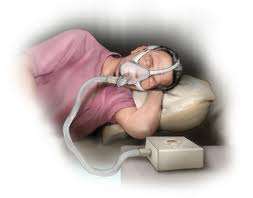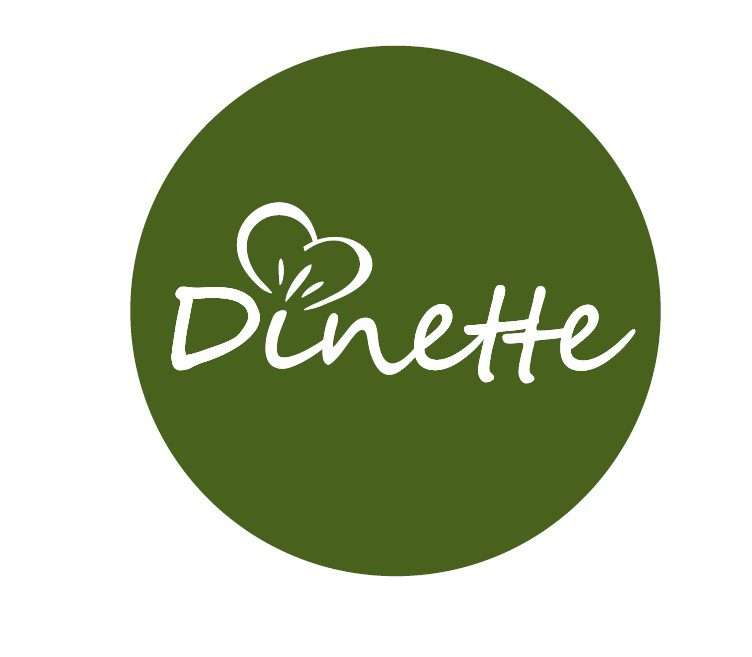Positive airway pressure

Positive airway pressure (PAP) is a method of respiratory ventilation used primarily in the treatment of sleep apnea, for which it was first developed.
PAP ventilation is also commonly used for critically ill patients in hospital with respiratory failure, and in newborn infants (neonates). In these patients, PAP ventilation can prevent the need for endotracheal intubation, or allow earlier extubation. Sometimes patients with neuromuscular diseases use this variety of ventilation as well.
History
Professor Colin Sullivan first developed the Continuous Positive Airway Pressure (CPAP) system at Royal Prince Alfred Hospital in Sydney in 1981.
How it works
Continuous pressure devices
Fixed-pressure CPAP (Continuous Positive Airway Pressure)
A continuous positive airway pressure (CPAP) machine was initially used mainly by patients for the treatment of sleep apnea at home, but now is in widespread use across intensive care units as a form of ventilation. Obstructive sleep apnea occurs when the upper airway becomes narrow as the muscles relax naturally during sleep. This reduces oxygen in the blood and causes arousal from sleep. The CPAP machine stops this phenomenon by delivering a stream of compressed air via a hose to a nasal pillow, nose mask or full-face mask, splinting the airway (keeping it open under air pressure) so that unobstructed breathing becomes possible, reducing and/or preventing apneas and hypopneas. It is important to understand, however, that it is the air pressure, and not the movement of the air, that prevents the apneas. When the machine is turned on, but prior to the mask being placed on the head, a flow of air comes through the mask. After the mask is placed on the head, it is sealed to the face and the air stops flowing. At this point, it is only the air pressure that accomplishes the desired result. This has the additional benefit of reducing or eliminating the extremely loud snoring that sometimes accompanies sleep apnea.
The CPAP machine blows air at a prescribed pressure (also called the titrated pressure). The necessary pressure is usually determined by a sleep physician after review of a study supervised by a sleep technician during an overnight study (polysomnography) in a sleep laboratory. The titrated pressure is the pressure of air at which most (if not all) apneas and hypopneas have been prevented, and it is usually measured in centimetres of water (cm H2O). The pressure required by most patients with sleep apnea ranges between 6 and 14 cm H2O. A typical CPAP machine can deliver pressures between 4 and 20 cm H2O. More specialized units can deliver pressures up to 25 or 30 cm H2O.
CPAP treatment can be highly effective in treatment of obstructive sleep apnea. [1] For some patients, the improvement in the quality of sleep and quality of life due to CPAP treatment will be noticed after a single night’s use. Often, the patient’s sleep partner also benefits from markedly improved sleep quality, due to the amelioration of the patient’s loud snoring.
Given that sleep apnea is a chronic health issue and doesn’t go away, ongoing care is needed to maintain CPAP therapy. Based on the study of cognitive behavioral therapy (referenced above), ongoing chronic care management is the best way to help patients continue therapy by educating them on the health risks of sleep apnea and providing motivation and support.
APAP or AutoPAP or AutoCPAP (Automatic Positive Airway Pressure)
automatically titrates, or tunes, the amount of pressure delivered to the patient to the minimum required to maintain an unobstructed airway on a breath-by-breath basis by measuring the resistance in the patient’s breathing, thereby giving the patient the precise pressure required at a given moment and avoiding the compromise of fixed pressure.
Bi-level pressure devices
VPAP or BiPAP (Variable/Bilevel Positive Airway Pressure)
provides two levels of pressure: Inspiratory Positive Airway Pressure (IPAP) and a lower Expiratory Positive Airway Pressure (EPAP) for easier exhalation.
Modes
S (Spontaneous) – In spontaneous mode the device triggers IPAP when flow sensors detect spontaneous inspiratory effort and then cycles back to EPAP.
T (Timed) – In timed mode the IPAP/EPAP cycling is purely machine-triggered, at a set rate, typically expressed in breaths per minute (BPM).
S/T (Spontaneous/Timed) – Like spontaneous mode, the device triggers to IPAP on patient inspiratory effort. But in spontaneous/timed mode a «backup» rate is also set to ensure that patients still receives a minimum number of breaths per minute if they fail to breathe spontaneously.
Components
Flow generator (PAP machine) provides the airflow
Hose connects the flow generator (sometimes via an in-line humidifier) to the interface
Interface (nasal or full face mask, nasal pillows, or less commonly a lip-seal mouthpiece) provides the connection to the user’s airway
Optional features
Humidifier adds moisture to the air
Heated: Heated water chamber that can increase patient comfort by eliminating the dryness of the compressed air. The temperature can usually be adjusted or turned off to act as a passive humidifier if desired. In general, a heated humidifier is either integrated into the unit or has a separate power source (i.e. plug).
Passive: Air is blown through an unheated water chamber and is dependent on ambient air temperature. It is not as effective as the heated humidifier described above, but still can increase patient comfort by eliminating the dryness of the compressed air. In general, a passive humidifier is a separate unit and does not have a power source.
Ramp is used to temporarily lower the pressure to allow the user to fall asleep more easily. The pressure gradually rises to the prescribed level over a period of time that can be adjusted by the patient and/or the DME provider.
Exhalation pressure relief: Gives a short drop in pressure during exhalation to reduce the effort required. This feature is known by the trade name C-Flex in some CPAPs made by Respironics and EPR in ResMed machines.
Flexible chin straps are used to help the patient not breathe through the mouth, thereby keeping a closed pressure system. The straps are elastic enough that the patient can easily open his mouth if he feels that he needs to.
Data logging records basic compliance info or detailed event logging, allowing the sleep physician (or patient) to download and analyze data recorded by the machine to verify treatment effectiveness.
Such features generally increase the likelihood of PAP tolerance and compliance.
Care and maintenance
As with all durable medical equipment, proper maintenance is essential for proper functioning, long unit life and patient comfort. The care and maintenance required for PAP machines varies with the type and conditions of use, and are typically spelled out in a detailed instruction manual specific to the make and model.
Most manufacturers recommend that the end user perform weekly maintenance. Units must be checked regularly for wear and tear and kept clean. Worn or frayed electrical connections may present a shock or fire hazard; worn hoses and masks may reduce the effectiveness of the unit. Most units employ some type of filtration, and the filters must be cleaned or replaced on a regular schedule. Hoses and masks accumulate exfoliated skin, particulate matter, and can even develop mold. Humidification units must be kept free of mold and algae. Because units use substantial electrical power, housings must be cleaned without immersion.
Portability
Since continuous compliance is an important factor in the success of treatment, it is of importance that patients who travel have access to portable equipment. Progressively, PAP units are becoming lighter and more compact, and often come with carrying cases. Dual-voltage power supplies permit many units to be used internationally.
Air travel presents special considerations. Most airport security inspectors have seen the portable machines, so screening rarely presents a special problem. Increasingly, machines are capable of being powered by the 400 Hz power supply used on most commercial aircraft and include manual or automatic altitude adjustment.
Some patients on PAP therapy also use supplementary oxygen. When provided in the form of bottled gas, this can present an increased risk of fire and is subject to restrictions. (Commercial airlines generally forbid passengers to bring their own oxygen.) As of November, 2006, most airlines permit the use of oxygen concentrators.
Wikipedia the free encyclopedia



